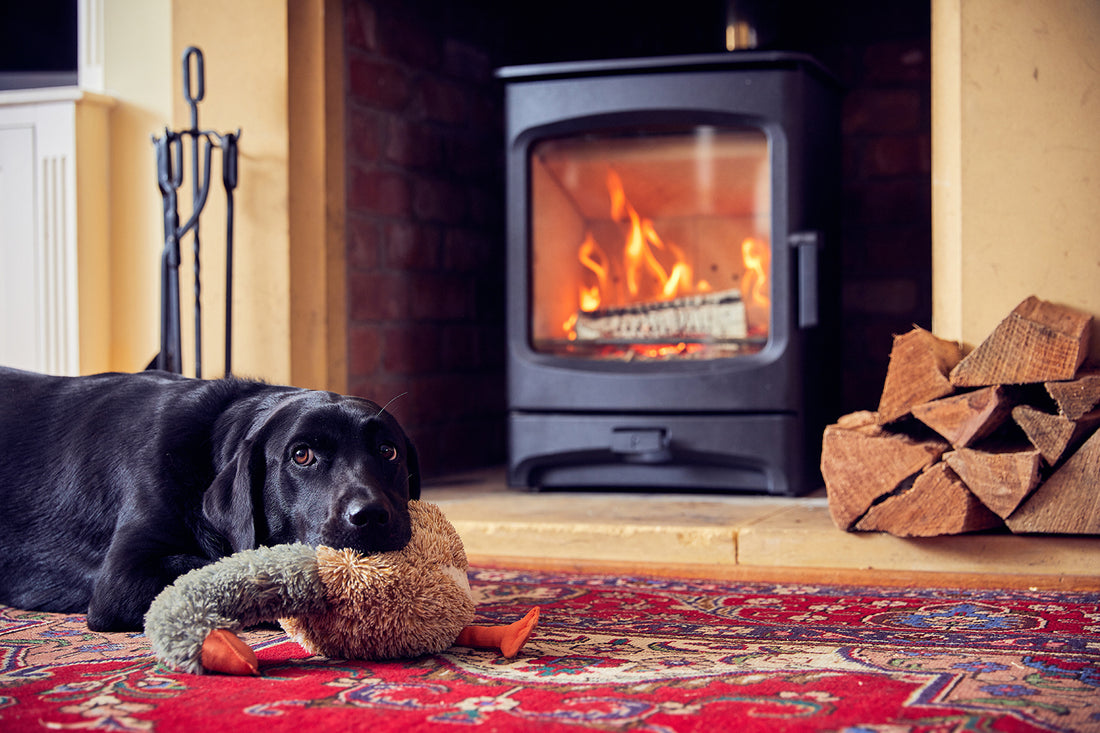
Literature Review: Report on Indoor Air Quality Associated with Wood Burning
Share
Higher PM levels are created inside the home from cooking than from modern wood-burning stoves.
A literature review looking at studies into the contribution of wood-burning stoves to indoor particulate matter (PM) in the developed world has found no scientific evidence for adverse health effects.
Among the key findings of the Literature review: report on indoor air quality associated with woodburning by Dr. Amanda Lea-Langton, senior lecturer in Bioenergy Engineering at the University of Manchester, were:
- When looking at indoor air quality typically associated with modern wood-burning stoves, there was seen to be no scientific evidence to support any adverse health impacts.
- In terms of the risk of asthma in developed countries, there was seen to be no association with indoor wood burning.
- Use of modern wood-burning stoves may help to improve air quality inside the home due to the natural draught created during wood stove operation that pulls air from the room into the appliance and from outside
- Other sources of particulate matter in the home, such as cooking, can release much higher levels of PM compared to modern, enclosed wood-burning stoves and could therefore have more significant health risk potential
- In one study, oil-based cooking, such as frying food or grilling meat, had peak value PM concentrations significantly higher than the World Health Organisation (WHO) recommended average 24hr exposure limit
- In the same study, the Ecodesign wood burning stove indoor air quality averages during the operation were below the WHO recommended limits.



A recent literature review undertaken by the Stove Industry Alliance looked at all studies made into the contribution of wood-burning stoves to indoor particulate matter (PM) in the developed world and there was found to be no scientific evidence to support any adverse health effects from stoves.
Commenting on the review, James Verlaque, technical manager of the SIA, noted:
“It is vital that we fully understand the impact that the air quality inside our homes can have on our health. There has been a common misconception that wood-burning stoves are detrimental to our health by contributing to indoor air quality. The findings of this review do not support this assertion and highlight some important areas for further research. One broad literature review by a public body indicated no association shown between exposure to indoor woodburning and the risk of asthma in developed countries.”
“The Review rightly points out that modern stoves should not be compared with less sophisticated solid fuel combustion practices common in the developing world. Furthermore, studies indicate that cooking and transport are greater contributors to human exposure to PM.” A Manchester University study conducted in 2021 found that candles, incense, and hairspray all gave higher PM10 and PM2.5 readings than a modern Ecodesign stove. However, the indoor air quality impact of cooking a fried breakfast was most staggering, which gave PM lessons over 20 times higher than the WHO recommended limit.

Indoor PM exposure for wood-burning stove users was seen to peak during refueling and ash removal, a common finding across several studies. However, this can be easily mitigated through better awareness among stove users. Andy Hill, chair of the SIA, advises:
“When refueling a wood-burning stove, following the manufacturer’s instructions is important. Refuel when the fire-bed has become glowing embers. Never swing the door open as this will lead to rapid pressure changes within the appliance and may trigger some small escape of fumes (what was described as “flooding” in the 2021 Chakraborty study). Instead, by releasing the door catch and opening the door very slightly, the air pressure will settle within a few seconds, then the door can be opened fully, and more logs added. Similarly, any dust escape can be minimized during ash removal.”

Andy concluded:
“This review is an important step forward in better understanding how a range of everyday activities can influence the air quality inside our homes. Crucially, it highlights no scientific evidence linking adverse health impacts from exposure to PMs in indoor air and the use of modern wood-burning stoves. The review also makes some important recommendations for test protocols and measurement methodology to help further our understanding of this area. The SIA will be working with its members and the wider industry to explore these further.”
